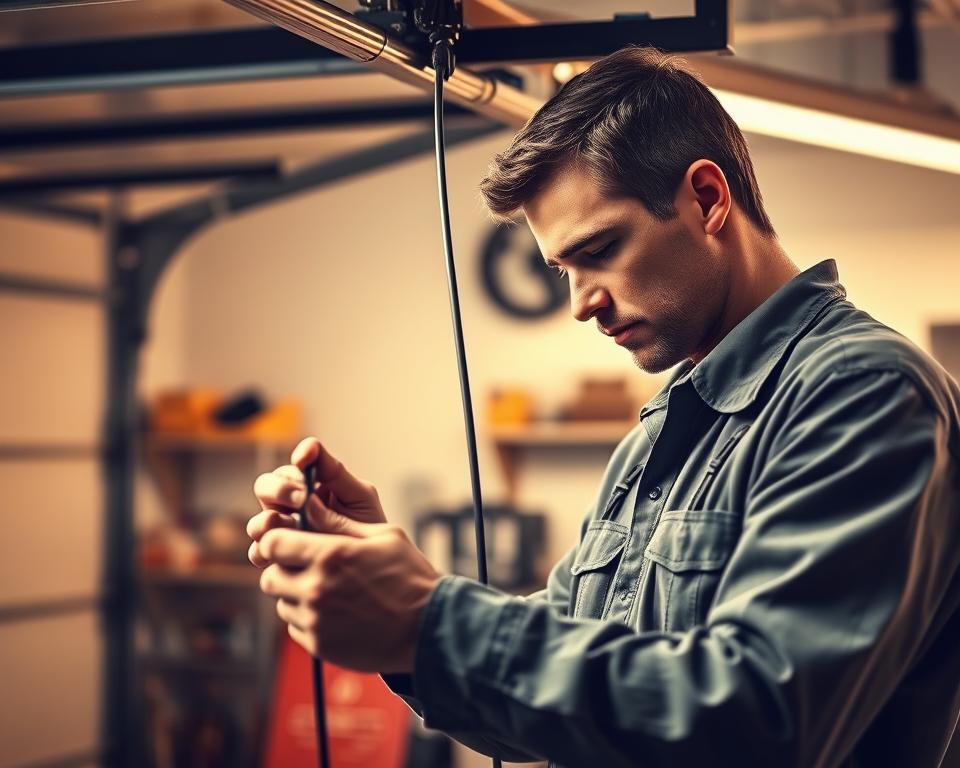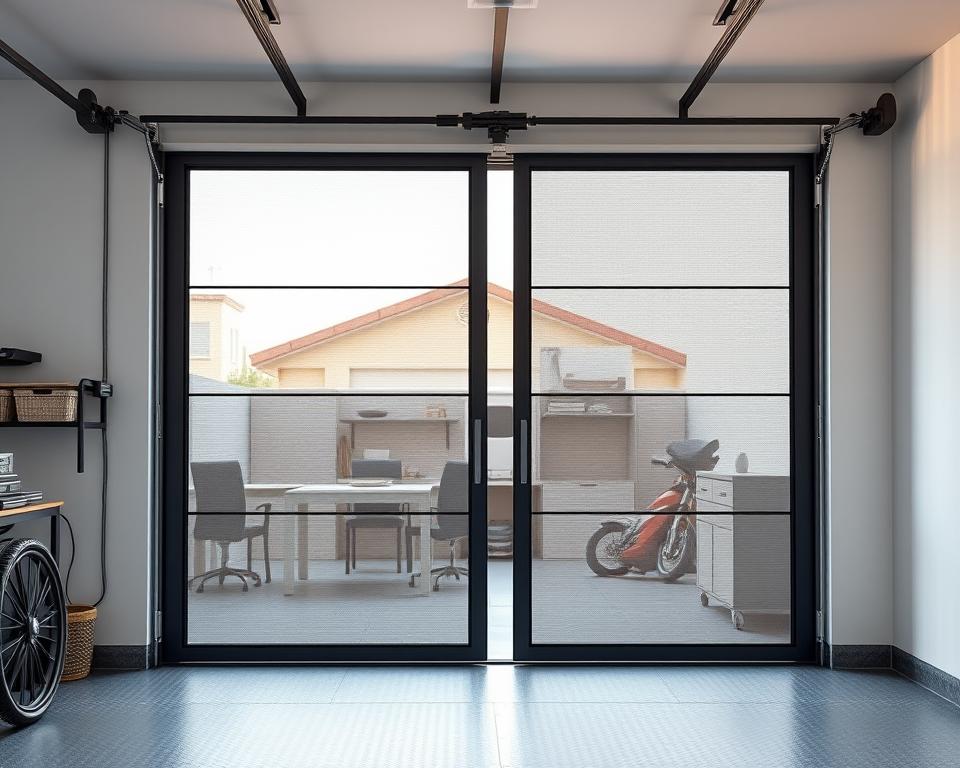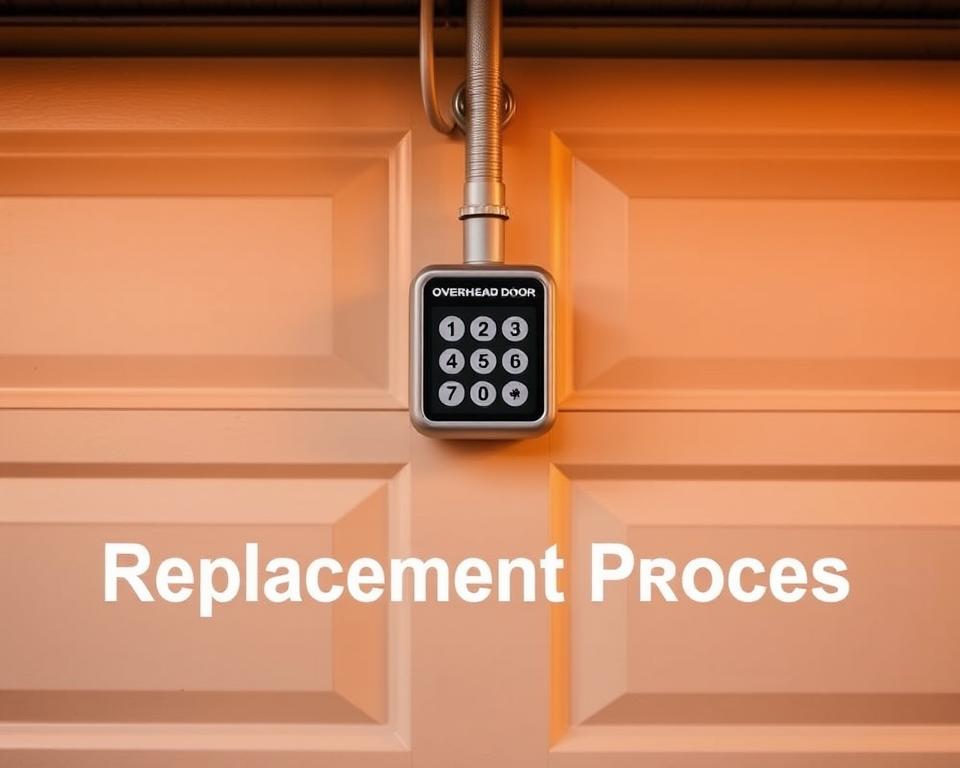Magnify Your personal Digital Success using New York SEO Offerings
A little-known fact is that more than 90% of internet-based experiences commence with a online search. In the Big Apple, that number is particularly vital. It emphasizes the importance of powerful New York SEO in connecting with the target audience. Given the multitude of enterprises competing for attention, customized SEO packages in New York can greatly amplify a brand’s online presence. Collaborating with the premier SEO New York, like Marketing 1on1, brands can implement tactics that meet their specific needs. Such an strategy yields traffic and optimizes ROI in this ever-changing environment.
- In excess of 90% of internet experiences begin with a search tool.
- New York SEO is crucial for differentiating in a cutthroat landscape.
- Tailored SEO solutions can drive targeted visitors and hike visibility.
- Working with the leading SEO firm in New York can deliver notable ROI.
- Powerful tactics cater to the specific objectives of businesses in NYC.
Grasping the Fundamentals of SEO in NYC
For organizations striving to enhance their online footprint, grasping the basics of New York SEO is crucial. SEO endeavors to improve a website’s placement in search engine listings. Considering the stiff competition in the New York market, mastering SEO for local is vital. This enables companies to engage with customers in specific locations.
SEO Explained
Search Engine Optimization encompasses various strategies and techniques to fine-tune a site, aiming to raise its position on search engines like Google. It influences elements such as site speed, content standard, and keyword integration. Proven SEO techniques can dramatically grow organic traffic and visibility among intended visitors. Many companies seek the know-how of an SEO agency in NYC to handle the intricacies of search algorithms and user experience.
Why Local SEO Matters for Your Business
Local SEO is crucial for a business’s development in New York. It makes certain your enterprise is prominent in regional searches, effectively targeting nearby clients. This is crucial for SMBs that primarily rely on community-based patrons. Budget-friendly SEO offerings in New York offer bespoke solutions to improve local visibility. Engaging in local SEO not only increases in-store visits but also fosters local loyalty, enhancing your company’s credibility.
Top NYC SEO Tactics
To thrive in New York’s cutthroat market, businesses must use impactful SEO strategies. Such strategies endeavor to draw and hold customers. They involve diverse methods, all designed to elevate a brand’s digital footprint and drive website traffic.

Keyword Research and Implementation
Discovering the keywords your target audience uses is crucial. Keyword analysis assists pinpoint phrases that bring in the appropriate visitor. New York SEO experts underscore the need to integrate these keywords into your site’s content. This renders your website more applicable and can result in increased engagement and leads.
On-Page SEO Techniques
On-site SEO techniques revolve around improving your website’s components. Including refining meta tags, headers, visuals, and layout. In NYC, leading agencies can guide you with these best practices. This ensures your website content aligns with both search engine and user needs.
Off-Page SEO Tactics
Creating a robust online presence goes beyond your site. Off-page SEO tactics improve your website’s standing through link-building and social interactions. Earning backlinks from trusted domains boosts trustworthiness. Expert SEO solutions in New York can guide develop impactful off-site tactics. Such tactics enhance your online reputation and boost organic traffic.
The Importance of Local SEO in New York
In New York, local SEO is crucial for bringing in nearby customers. Many search for services in their area. An SEO firm in NYC can support companies improve their local visibility. They guide with strategies to elevate exposure in the competitive New York landscape.
Utilizing GMB
GMB is essential for neighborhood optimization in New York. This allows businesses to oversee their online presence. You have the ability to list important information like operating times, contact details, and reviews.
A complete GMB listing improves local search rankings. This also attracts prospects looking for offerings nearby.
Listings and Citations
Precise citations in web directories are important for local search visibility. Consistent business information instills confidence with search engines. This elevates your credibility in the market.
Registering your company on sites like Yelp and Yellow Pages can increase local visibility. An SEO agency in NYC understands how to enhance your presence in these directories.
Connecting with the Community
Fostering strong local connections cultivates loyalty and generates foot traffic. Participating in local happenings or supporting local groups boosts your reputation. Sharing relevant content on social platforms stimulates engagement.
By nurturing these connections, your business emerges as a leading option in the local arena. This maximizes New York SEO strategies comprehensively.
The Impact of Content Marketing
Content marketing is vital to improving SEO. Premium content attracts users and boosts algorithmic reliability. For New York companies aiming to enhance their digital footprint, creating content that resonates with their audience is vital. Such a strategy is imperative for leveraging affordable SEO services in New York.
Developing Engaging Content
Developing valuable content means knowing your audience’s preferences. In New York City’s heated scene, materials must be captivating, educational, and pertinent. Providing worthwhile insights establishes trust and commitment, driving more website traffic through effective New York City search engine optimization.
Blogging for Visibility
Blogging is a powerful tool for improving exposure in search results. Regular blog updates keep your site fresh and provide chances to capture specific queries. Such a tactic helps companies stand out in the crowded SEO services New York market. Engaging blog articles can generate shares and inbound links, expanding your reach.
Using Visual Content Effectively
Visual content, like visual aids and clips, greatly enhances user experience. It makes complex information easier to understand. In New York promotions, using visuals and clips grabs attention and encourages engagement. This complements written content and enhances overall SEO performance.
The Technical Side of New York SEO
In the dynamic digital marketing world, SEO’s backend factors are crucial to boosting online presence. Companies looking for New York SEO experts can experience major gains with a robust technical base. Components like site speed, mobile optimization, and schema markup are vital for better search rankings and user satisfaction.
Enhancing Site Speed
Site speed is crucial for retaining visitors and improving search rankings. A quick site lowers abandonment and boosts engagement. The best SEO firms in New York emphasize enhancing performance. They employ compressing images, browser caching, and reduce redirects for quicker navigation.
Mobile Optimization Essentials
Mobile access is now a significant part of visitors. An agency in NYC will make sure your website performs on mobile devices. This means material displays nicely on small screens, menus is easy, and pages load fast for mobile users.
Structured Data and SEO
Schema markup helps search engines better understand your website’s information. Using schema markup can make your website appear in search results with enhanced listings. Working with New York SEO experts can help you use structured data successfully. This leads to better rankings and higher click-through rates.
Measuring SEO Success
To truly grasp the impact of your SEO strategies, measuring results through key metrics becomes vital. Businesses, looking for affordable SEO services in New York, must monitor KPIs. These metrics provide visibility into their online presence and progress.
Essential SEO Metrics
Monitoring KPIs helps businesses evaluate their SEO effectiveness in meaningful ways. Key metrics to monitor include:
- Organic Traffic: This indicates the count of visitors coming through organic results.
- Search Positions: Watching your rank in SERPs for target keywords reveals effectiveness.
- Exit Rate: Understanding how many visitors exit after seeing only one entry suggests engagement.
- Conversion Rate: This measures the percentage of visitors completing desired actions like sign-ups or purchases.
SEO Tracking Tools
Using reliable tools can streamline the process. Options include:
- GA: Excellent for analyzing traffic sources, how they behave, and conversions.
- GSC: Offers insights on site ranking in SERPs and identifies issues.
- SEMrush: This tool helps in keyword tracking and competitor research.
Adjusting Strategies Based on Data
Analytics-based decision-making is essential for improving results. An SEO agency NYC can assist companies analyze data effectively. Consistently reviewing KPIs allows for prompt tweaks to tactics, such as refining search terms or improving site material. Ongoing improvements ensure that businesses remain competitive in the ever-changing New York SEO landscape.
Common SEO Mistakes to Avoid
Creating successful online strategies requires continuous vigilance against frequent pitfalls. Such mistakes can substantially hurt your results. Businesses in New York, in particular, must be mindful about the following pitfalls. Overlooking mobile users, disregarding data, and missing local listings can severely diminish your online effectiveness. Leading agencies in NYC emphasize the need to avoid these issues for a strong online profile.
Ignoring Mobile Optimization
With increasing users accessing websites on mobile devices, neglecting mobile-friendly design can drive away customers. Google now favors mobile-friendly sites in results. It’s vital to have a mobile-friendly design and fast load times for mobile users. Investing in SEO services in New York that focus on mobile friendliness can enhance UX and increase interaction.
Ignoring Analytics
Analytics are crucial to knowing user behavior and assessing SEO effectiveness. Disregarding these insights can mean missing chances for improvement. By consistently reviewing visitor origins, exit metrics, and conversion metrics, companies can make informed decisions. Monitoring analytics is vital for tweaking strategies and meeting objectives in the competitive New York SEO landscape.
Overlooking Local Listings
Online directory profiles are essential for exposure in area-specific queries. Failing to claim and optimize local business profiles on platforms like Google My Business can diminish your local visibility. This oversight can impede efforts to reach local customers looking for your services. Working with experienced SEO agencies in NYC can help your directory entries are well-maintained.
Partnering with SEO Experts in New York
Selecting the ideal SEO firm is crucial for businesses seeking to improve their online presence. Working with a proficient SEO firm in NYC can substantially boost search rankings and website traffic. When selecting a partner, consider their proven track record, case studies, and their understanding of New York’s local trends.
How to Choose an Agency
Begin by comprehensively examining the top SEO firms in New York. Seek out agencies with case studies demonstrating their results. Consulting with New York SEO professionals can provide insights into local business trends and methods. Also, networking and getting recommendations can assist in your selection process.
Professional SEO Deliverables
A reputable SEO agency should develop customized strategies that meet your goals. Anticipate updates on campaign performance data and KPIs regularly. Transparent reporting is crucial for a successful partnership. Collaborating with seasoned professionals ensures you receive insightful insights and ongoing improvements.
Cost Considerations for SEO Services
SEO service costs can vary widely, depending on the firm and the scope of work. Certain firms provide layered plans to fit different financial plans. Understanding what each package covers is essential to making an informed choice. Paying for a high-quality SEO firm in NYC can lead to long-term success in a challenging market.
Emerging SEO Trends
The digital world is continually evolving, making it vital for businesses to stay ahead in New York’s competitive arena. The growth of voice search is changing how users engage with information, driving businesses towards optimizing for conversational queries. This shift demands a deep dive into how customers phrase queries and look for answers, modifying SEO strategies around conversational keywords.
Adapting to Voice Queries
Smart speakers and smartphones are driving the expansion of spoken queries, dramatically affecting local optimization in New York. Adapting for voice queries can increase visibility and drive local traffic, making it crucial for companies to adjust quickly. Companies adopting this trend will lead in serving the growing voice search audience, who look for immediate answers.
Video Optimization Strategies
The movement of video optimization is also gaining traction, as consumers increasingly prefer video content over text. Engaging visual presentations can grab attention and communicate information more effectively, giving businesses a unique edge in New York’s SEO arena. By integrating videos into their marketing, companies can enhance user engagement and improve search rankings.
Keeping Up with Algorithm Changes
Comprehending and keeping pace with updated search engine algorithms is just as important. Staying updated allows businesses to fine-tune their SEO services in New York, ensuring they stay prominent in rankings. Companies like Marketing 1on1 are equipped to guide clients through these changes, making sure their strategies stay effective and impactful.









